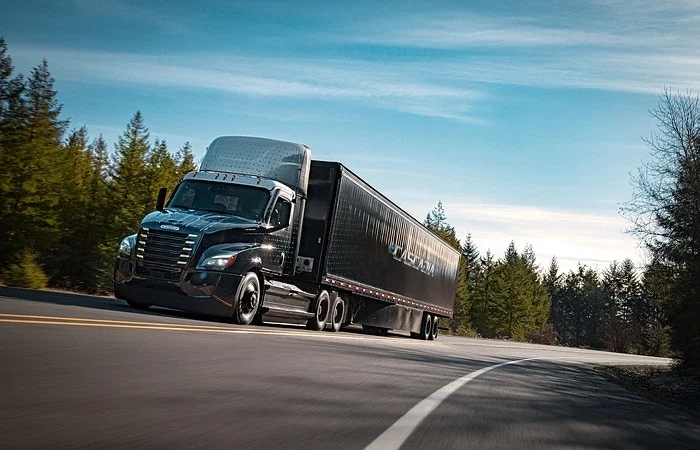In 2022 America and Canada have over 2.5 million truck drivers vying for the amount of work available driving down their pay lower and lower, all the while the prices for transportation charged to customers has escalated well over 50-200%. Like our farmers who are also independent business people, independent truck drivers and those employed by large transport conglomerates (brokers) have suffered greatly due to the pandemic, but also due to corporate mismanagement. Hundreds of independent trucking companies have gone bankrupt, unable to cover the costs of running a trucking firm with deflated rates.
The summer of 2022 have been particularly fierce for all independent businesses. Farmers lack any real form of profits while grocers charge an arm and leg for the products they grow, truckers cannot afford the continual escalating diesel prices and costs to maintain their vehicles while brokers and corporate transport giants are being profitable. Manufacturers in the heartland are trying to make items domestically while they wait for the dreaded return of import competition from Asia and beyond. Shipping and trade problems – shortages are slowly being rectified. Messaging between various governments and those domestic firms that filled in the gap of lacking necessities(medical supplies) are worsening with domestic firms that say made quality masks sitting on huge stocks with no sales, nor future.
The trucking industry is suffering from their own mismanagement, allowing tens of thousands of new truckers to enter the marketplace, driving down prices in the good times, and driving prices down further when contracts are hard to find. Ill -prepared brokers and their drivers face a future lacking true economic power, with limited projects offered as the economy tries to jump start itself while facing escalating costs, higher taxes and reinstated local regulations building up upon their costs.
This past May recorded the highest revocations record among transportation-trucker sectors in America. Small fleets as tiny as one driver comprise those who are closing their businesses, while other drivers join corporate trucking firms at lower wages. From 2020-2022 the retail and manufacturing sector expected a economic meltdown due to the pandemic, but instead retailers and domestic manufacturers had to scale up and manufacture/source products that their populations-customers demanded, whether it be exercise equipment, computer monitors or even toilet papers.
New trucking fleets appeared, comprising mostly of owner-operators on contract or free stressed. The pandemic created an environment where truckers and their fleet owners could charge whatever they wished, especially within spot markets. Trucking is like no other industry, as these forms do not need to honour their trucking contracts. If a spot load is not profitable, the firm can pass on it or demand a higher rate. Smaller trucking firms took up the loads, and a massive number of people entered the trucking field. Now there are to many operators, and not enough jobs. A shift is happening moving towards the traditional trucking split. Smaller operators out, corporate transportation hubs are now in control.
Like the small farmer, smaller outfits/fleets cannot withstand the corporate financial stress test, of greater cash-credit vs a independents hard won traditions and efforts. We are seeing the movement away from traditional independence of small fleet or small farmers towards the acquisition of many of these smaller business’s by huge corporate giants. Independence vs financial stability. Revocation levels within smaller firms like trucking and farming, manufacturing have increased on a monthly basis. Where these specialists are going is another story.
What have we learnt since the pandemic came upon us? It is better to work for large corporations and governments than stand alone as a traditionalist like a small fleet owner or a small farmer. The greater financial market cares little for these firms, viewing them as potential assets ready for acquisition.


